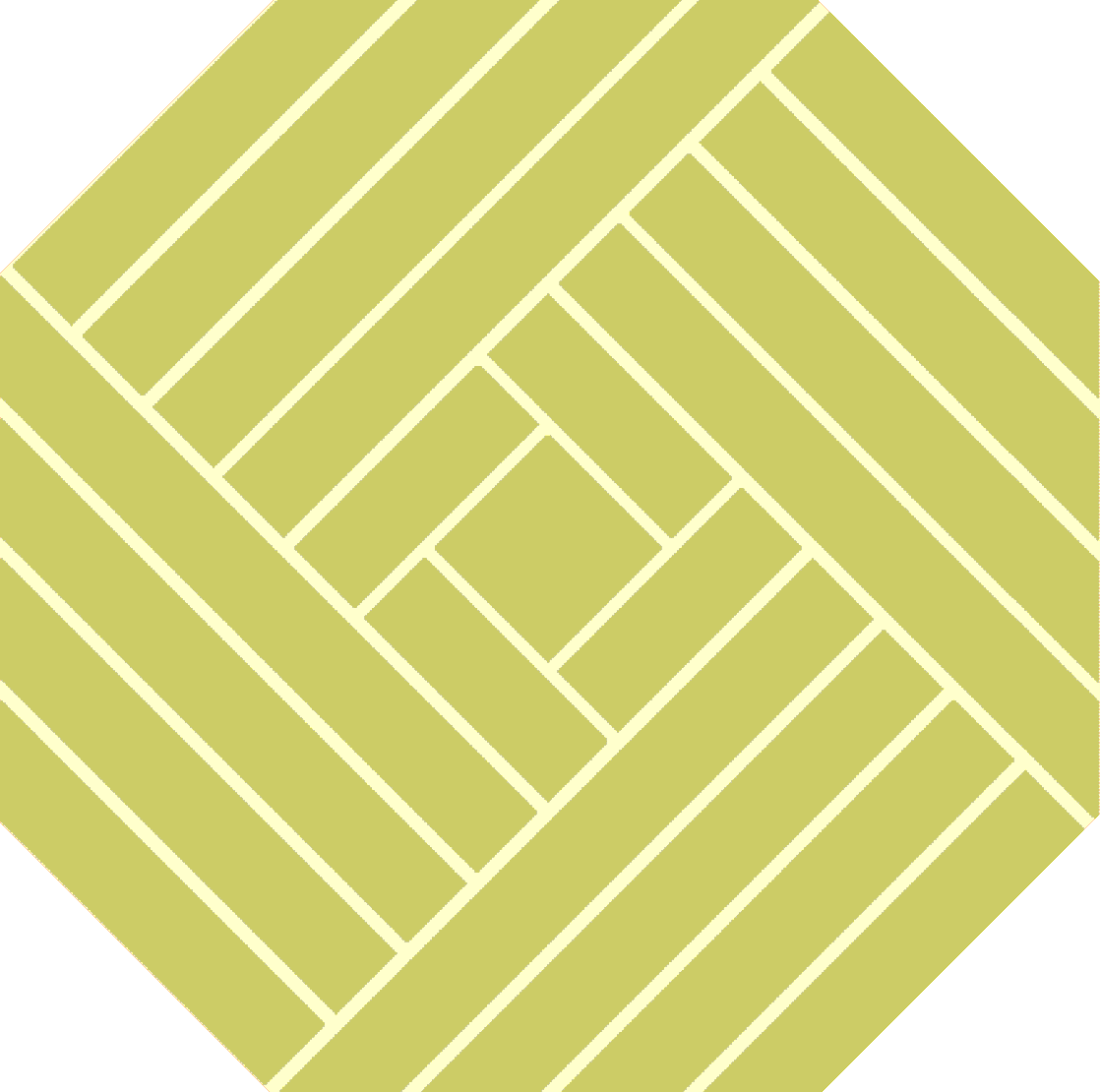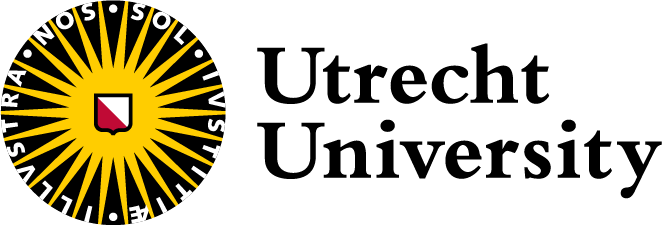From 0 to p and back
Date: 6 – 7 November, 2025
Location: Utrecht Science Park
Lunch options
On campus there are the following options for lunch:
- Cafeteria on the ground floor of Vening Meinesz
- Cafeteria on the ground floor of Educatorium
- Vietnamese street food at Hoi Anh
- Food trucks near the rainbow bicycle highway
Program
Thursday 6 November 2025
All talks on Thursday take place in room Atlas, Koningsberger building.
| 10:30 – 11:00 | welcome + coffee |
| 11:00 – 12:00 | From point-counting to rational points on curves Jennifer Balakrishnan, Boston University We give a survey of various recent computations of rational
points on modular curves, highlighting the contributions of Oort's
mathematical descendants.
|
| 12:00 – 13:30 | lunch break |
| 13:30 – 14:30 | Foliage 26 years after Texel Ching-Li Chai, University of Pennsylvania
The idea of foliation on moduli spaces of abelian varieties
in positive characteristic p, due to Frans Oort,
was presented in the Texel '99
conference Moduli of abelian varieties.
Leaves in a foliation come in two sorts:
central leaves supported by prime-to-p Hecke symmetries,
and isogeny leaves supported by p-adic
Hecke correspondences.
We will survey subsequent developments related to the notion of central leaves. These include: (a) the notion of sustained p-divisible groups, which is an updated version of the notion of geometrically fiberwise constant p-divisible groups, (b) the notion of Tate-linear formal varieties, with formal completions of central leaves as prominent examples, and (c) orbital rigidity of Tate-linear formal varieties, extending orbital rigidity of p-divisible groups. The conjecture of Oort that each prime-to-p Hecke orbit is Zariski dense in the underlying central leaf has been confirmed, with the help of the above tools. We will discuss some further challenges, in the form of questions and conjectures. |
| 14:30 – 15:00 | coffee break |
| 15:00 – 16:00 | Bounding Brauer groups of K3 surfaces using moduli spaces Emma Brakkee, Leiden University
The Brauer group of an algebraic variety is a group with many
applications, in particular to the study of rational points. For a K3
surface over a number field, the transcendental part of its Brauer group
is finite. It was shown by Cadoret-Charles that the size of its p
primary torsion is uniformly bounded for K3 surfaces in one-dimensional
families.
We give a different proof of this result for one-dimensional families of
K3 surfaces with a polarization by a fixed lattice. To be precise, we
construct moduli spaces of K3 surfaces with a lattice polarization and a
Brauer class, and use the geometry of their complex points to prove
boundedness of Brauer groups for the K3 surfaces they parametrize. I
will explain the construction and give a sketch of the proof of our
boundedness result. This is joint work with D. Bragg and A.
Várilly-Alvarado.
|
| 16:00 – 16:30 | coffee break |
| 16:30 – 17:30 | Categories of abelian varieties over finite fields in terms of commutative algebra Jakob Stix, Frankfurt University Honda-Tate theory describes abelian varieties over finite fields up to
isogeny by Weil numbers. We will report about ongoing work aiming to
enhance various recent descriptions of the category of abelian varieties
over finite fields (without inverting isogenies) in terms of
(non-)commutative algebra.
This is joint work with Tommaso Centeleghe. |
Friday 7 November 2025
The talks on Friday morning take place in room Cosmos, Koningsberger building.
| 09:30 – 10:30 | Failure of the integral Hodge conjecture for abelian varieties Olivier de Gaay Fortman, Utrecht University We disprove the integral Hodge conjecture for abelian varieties and show that very general cubic threefolds are not stably rational. More precisely, we prove that the cohomology class of any curve on a very general principally polarized abelian variety of dimension at least four over the complex numbers is an even multiple of the minimal class, and that the same holds for the intermediate Jacobian of a very general cubic threefold. This is joint work with Philip Engel and Stefan Schreieder.
|
| 10:30 – 11:00 | coffee break |
| 11:00 – 12:00 | Endomorphisms and automorphisms of abelian varieties Valentijn Karemaker, University of Amsterdam
In this talk, we will discuss which endomorphisms and automorphisms abelian varieties can have, with a special focus on supersingular abelian varieties.
More precisely, in the first part, we will present recent results from joint work with Tamagawa and Yu on realisability of orders as endomorphism rings of abelian varieties over algebraically closed fields, that build on previous work of Oort, Oort-van der Put and Oort-Zarhin on realisability of algebras as endomorphism algebras.
For the second part, let Sg be the supersingular locus of the moduli space Ag over Fp of g-dimensional principally polarised abelian varieties, where p is a prime and g ≥ 1.
We will use geometric stratifications on Ag and Sg, including the Ekedahl-Oort stratification, to explain the current status of Oort’s conjecture, which states that all generic points of Sg have automorphism group {±1}. This part is based on joint work with Yu.
|
| 12:00 – 13:30 | lunch break |
|
Note: The Friday afternoon program (13:30–17:30) is open to all interested guests and features talks aimed at a general mathematical audience. No registration is required if you only wish to attend this part of the event. The talks on Friday afternoon take place in room Boothzaal, in the University Library on Utrecht Science Park. | |
| 13:30 – 14:30 | Influences of Frans: one illustration (from many) Jaap Top, University of Groningen This is a research talk aimed at a general mathematical audience.
We state a result on the number of square values attained by a certain type of polynomial when evaluated in the elements of specific finite fields. As we intend to show, most steps in both the statement and the proof of it, relate in various ways to Frans Oort. |
| 14:30 – 15:00 | coffee break |
| 15:00 – 16:00 | The poor man's adèle ring Don Zagier, MPIM Bonn
The subject of the talk is a very interesting ring 𝒜, the “poor man's adeles,” defined
as collections of numbers modulo p for all prime numbers p, with two collections being equal
if they differ at only finitely many primes.
(The name is chosen because a usual finite adele,
which consists of a collection of p-adic numbers for all p with all but finitely many being
integral, give a poor man's adele by reduction modulo p.)
This ring, which has appeared
sporadically in the past in different contexts, contains analogues of many special numbers
that play a role in number theory, including rational numbers and their logarithms, values of
the Rieman zeta function and its derivatives at integer arguments, multiple zeta values, and
many others. I will describe these briefly and then talk about two of them in more detail,
the finite zeta values and certain weighted sums of powers of harmonic numbers discovered a few
years ago by Zhiwei Sun.
In both cases there are interesting and unexpected structural properties,
e.g., that the ℚ-algebra of 𝒜-analogues of multiple zeta functions seems
to be isomorphic to the quotient of the ℚ-algebra of usual multiple zeta values
by the principal ideal generated by π2.
The arithmetic of the ring 𝒜, which is
something of a hybrid between the real and p-adic numbers, is still largely unexplored and
seems worthy of more study in the future.
The work described is joint with Masanobu Kaneko of Kyushu University.
|
| 16:00 – 17:30 | reception (Cafe The Living, Utrecht Science Park) |
Location
This symposium takes place on Utrecht Science Park, which is a short tram ride from Utrecht Central station, with excellent train connections to many other Dutch cities.
On Thursday, we use room Atlas in the Koningsberger building. On Friday morning, we will be in room Cosmos of the same Koningsberger building. The Friday afternoon program takes place in the Boothzaal, in the University Library, Heidelberglaan 3.



